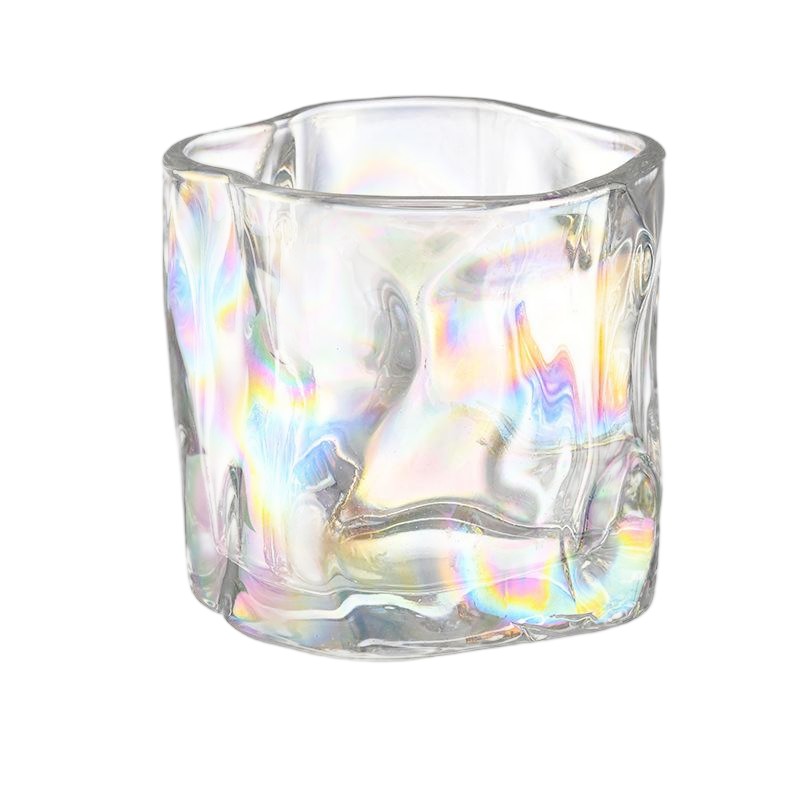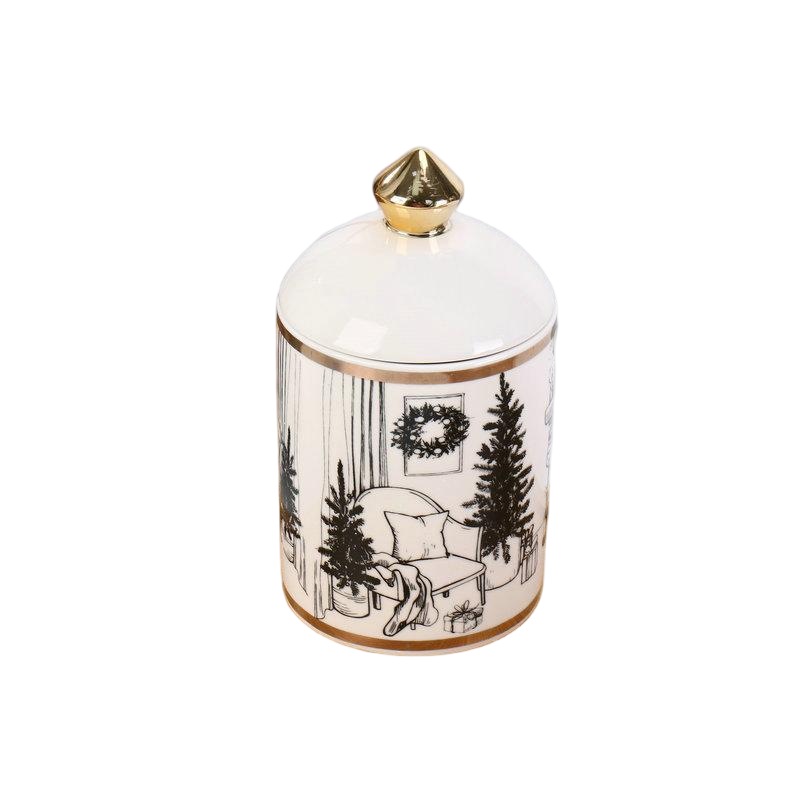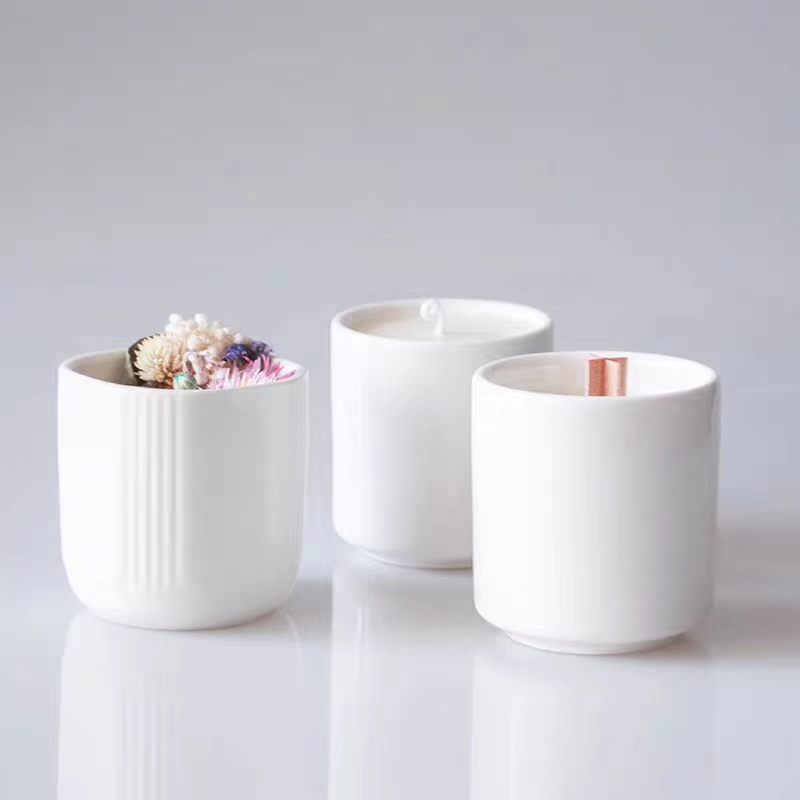What factors influence candle mold material choices for durability and design?
The choice of candle mold material strongly influences both the durability of the mold and the design quality of the finished candle. Here are the key factors affecting these choices:
1.
-
are highly flexible, which makes candle removal easy without damage. This flexibility also allows for intricate and detailed designs, including complex 3D shapes. However, their softness can sometimes cause slight deformation in tall or thin candles during cooling, affecting shape precision135.
-
(such as aluminum or stainless steel) are rigid and durable, producing candles with crisp, sharp edges and smooth, glossy finishes. They are ideal for simple shapes like pillars or tapers where precision is critical13510.
2.
-
Silicone molds tolerate a wide range of temperatures and work well with various waxes (paraffin, beeswax, soy wax), as they can handle hot wax without damage15.
-
Metal molds conduct heat quickly, allowing candles to cool faster, which can speed up production. They are also very heat-resistant but require a release agent to prevent sticking15.
-
Plastic molds generally have lower heat resistance and are suitable only for low-melt waxes; they may warp with hotter waxes and are less durable overall12.
3.
-
are durable and reusable, with a lifespan typically allowing 100-200 castings for candle making. Their durability depends on silicone quality, thickness, and the presence of reinforcements like fabric layers. Heat-generating materials can accelerate wear4.
-
are extremely durable, often lasting many years without deformation, making them a good long-term investment despite higher upfront cost1510.
-
Plastic molds wear out faster and are less suited for repeated use1.
4.
-
Silicone molds require no release agents, as wax usually pops out easily once cooled, saving time and preserving detail13.
-
Metal molds need release agents and careful handling to avoid damage but offer consistent shape retention15.
5.
-
For intricate, detailed, or novelty shapes, silicone molds are preferred due to their flexibility and ability to capture fine details13.
-
For smooth, sharp-edged, traditional pillar or taper candles, metal molds are favored for their precision and finish510.
| Factor | Silicone Molds | Metal Molds | Plastic Molds |
|---|---|---|---|
| Flexibility | High (easy candle removal) | Low (rigid, shape stable) | Low to medium |
| Heat Resistance | Excellent (handles hot wax) | Excellent (conducts heat fast) | Limited (low-melt wax only) |
| Durability | Good (100-200 uses approx.) | Excellent (long-lasting) | Low (wears out quickly) |
| Design Detail | High (intricate shapes) | Moderate (sharp edges, simple shapes) | Moderate |
| Ease of Use | Easy (no release agent needed) | Requires release agent | Easy but less durable |
| Candle Style Suitability | Complex, novelty, 3D designs | Pillars, tapers, smooth edges | Basic, beginner-friendly |
Choosing the right mold material depends on your priorities: for durability and sharp-edged designs, metal molds excel; for flexibility and detailed designs, silicone molds are best; plastic molds suit beginners or budget projects but lack longevity and heat resistance.
This knowledge can help you advise customers or write content highlighting how your molds meet these critical material and design needs.





